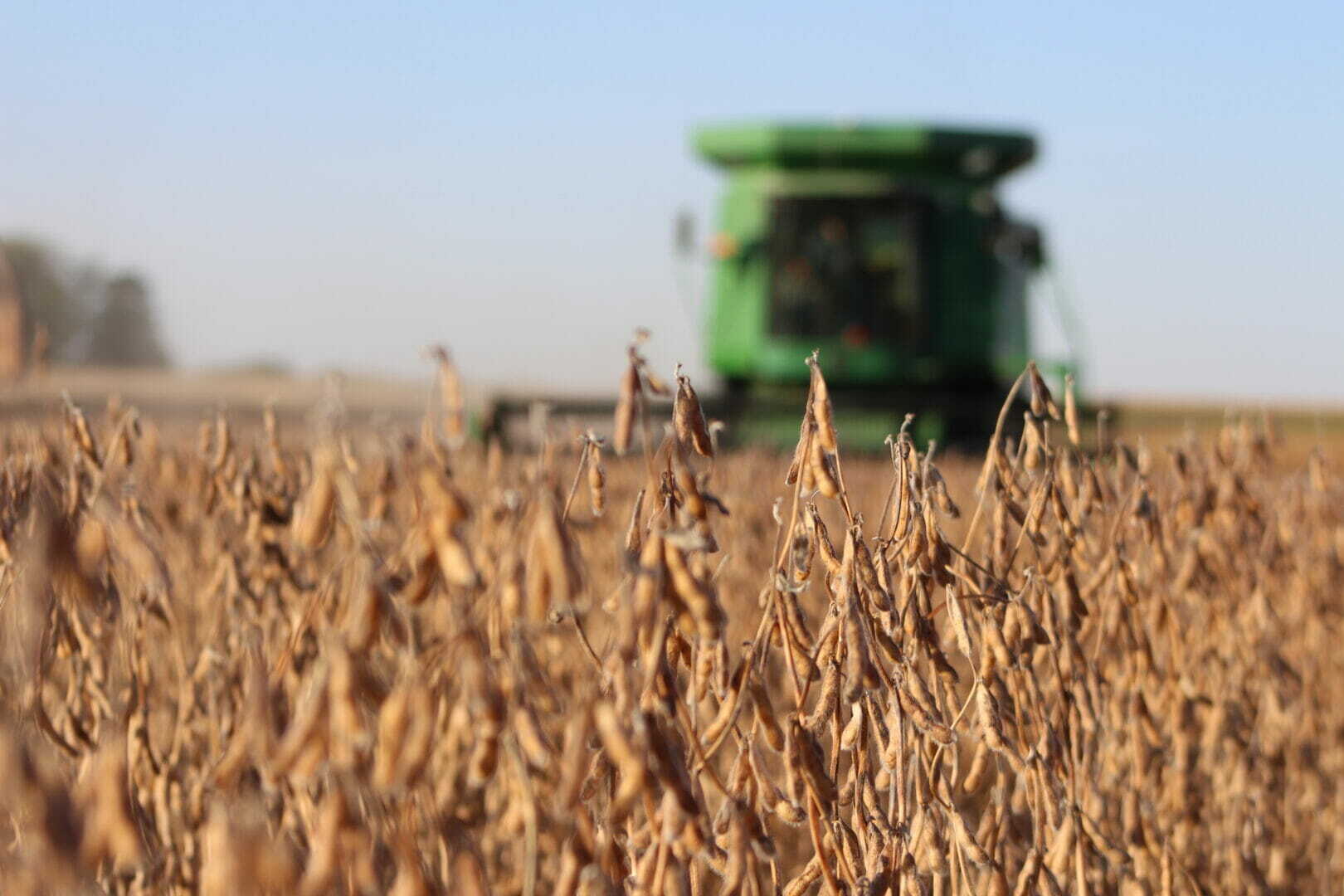Not only are new seed technologies changing our expectations for yield per acre, but they may be changing our model in another aspect: yield as a result of maximum plant population.
Plant populations, measured in plants per acre (PPA), vary based on an individual set of circumstances including cultural practices, soil types, productivity of the field itself, fertility programs, availability of water, and hybrid characteristics.
By creating changes in the plant itself, high technology seeds have thrown a bunch of wrinkles into conventional wisdom on plant populations. Projections show triple-stacked seeds may minimize stalk damage and allow more translocation of nutrients and moisture into the ears, resulting in stronger stalks and bigger ears. Research suggests rootworm protection may increase the size and efficiency of root systems, allowing them to bring in up to three more inches of water.
All of this data and Latham’s growing experience with high-technology seeds have us – and many others – taking another look at conventional wisdom when it comes to plant population.
Farmers today are successfully planting 33,000 to 35,000 PPA with modern seed. The fact that it’s “successful” may indicate there’s room to push plant population up a bit to see what happens. There may be some room to increase population, maintain the optimum yield per plant, and in the process, maximize yield per acre which would add to more profit per field.
I also believe that in some areas with lower rainfall and no irrigation, they could move from their current 20,000 to 25,000 PPA to 24,000 to 29,000 because of new technologies. When new drought-resistance technologies come on line, that optimum PPA could go even higher.
 hybrids with Genuity SmartStax technology.
hybrids with Genuity SmartStax technology.





